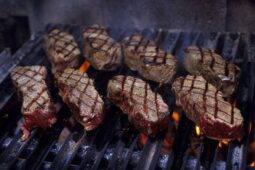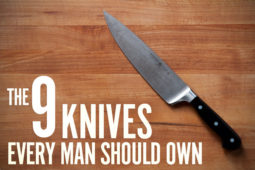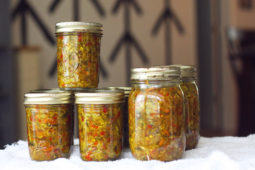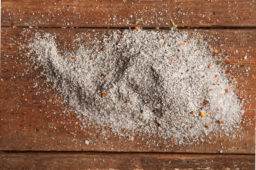The NY Times Field Guide to the American Sandwich

Prepare yourself for this exhaustive exploration of the breath of diversity in the American sandwich market. The guide begins defining the parameters of the sandwich according to the United States Department of Agriculture and the famous 2006 court case, Panera v. Qdoba. In other words, the “product must contain at least 35% cooked meat and no more than 50% bread” and cannot be open-faced. Also excluded from this complete list are hamburgers, hot dogs, gyros, shawarmas, tacos, and burritos.
![credit: Emon Hassan [https://www.nytimes.com/interactive/2015/04/14/dining/field-guide-to-the-sandwich.html?hp&action=click&pgtype=Homepage&module=photo-spot-region®ion=top-news&WT.nav=top-news&_r=1]](https://s3.amazonaws.com/manmadediy-uploads-production/photos/25433/15FIELDGUIDE2-master1050_large.jpg?1430009355) The guide is broken into five categories: sandwiches made on Kaiser (“hard”) rolls, those made on soft buns, long hero or sub rolls, sliced bread, and “singulars” or those whose existence falls outside of regular categories.
The guide is broken into five categories: sandwiches made on Kaiser (“hard”) rolls, those made on soft buns, long hero or sub rolls, sliced bread, and “singulars” or those whose existence falls outside of regular categories.
![credit: Stuart Palley [https://www.nytimes.com/interactive/2015/04/14/dining/field-guide-to-the-sandwich.html?hp&action=click&pgtype=Homepage&module=photo-spot-region®ion=top-news&WT.nav=top-news&_r=1]](https://s3.amazonaws.com/manmadediy-uploads-production/photos/25435/15FIELDGUIDE4-master1050_large.jpg?1430009370)
From the accompanying introduction piece by Sam Sifton,
The sandwich is “the perfect American food,” said Bee Wilson, a food historian and author of “Sandwich: A Global History.” It is a worker’s meal, easily consumed on a job site or near the factory floor. Also, Ms. Wilson said, “It’s the food of workaholics: something you can eat, with a single hand, without ever quitting your desk.” What follows is a celebration of the sandwich’s diversity in the United States, and an attempt to bring order to the wild multiplicity of its forms. It is a field guide, an effort to group the nation’s sandwiches in ways that rejoice in their differences and introduce readers to their flavors.
![credit: Stuart Palley [https://www.nytimes.com/interactive/2015/04/14/dining/field-guide-to-the-sandwich.html?hp&action=click&pgtype=Homepage&module=photo-spot-region®ion=top-news&WT.nav=top-news&_r=1]](https://s3.amazonaws.com/manmadediy-uploads-production/photos/25436/15FIELDGUIDE1-master1050_large.jpg?1430009376)
Check the whole thing out in full at A Field Guide to the American Sandwich and The American Sandwich: An Introduction









